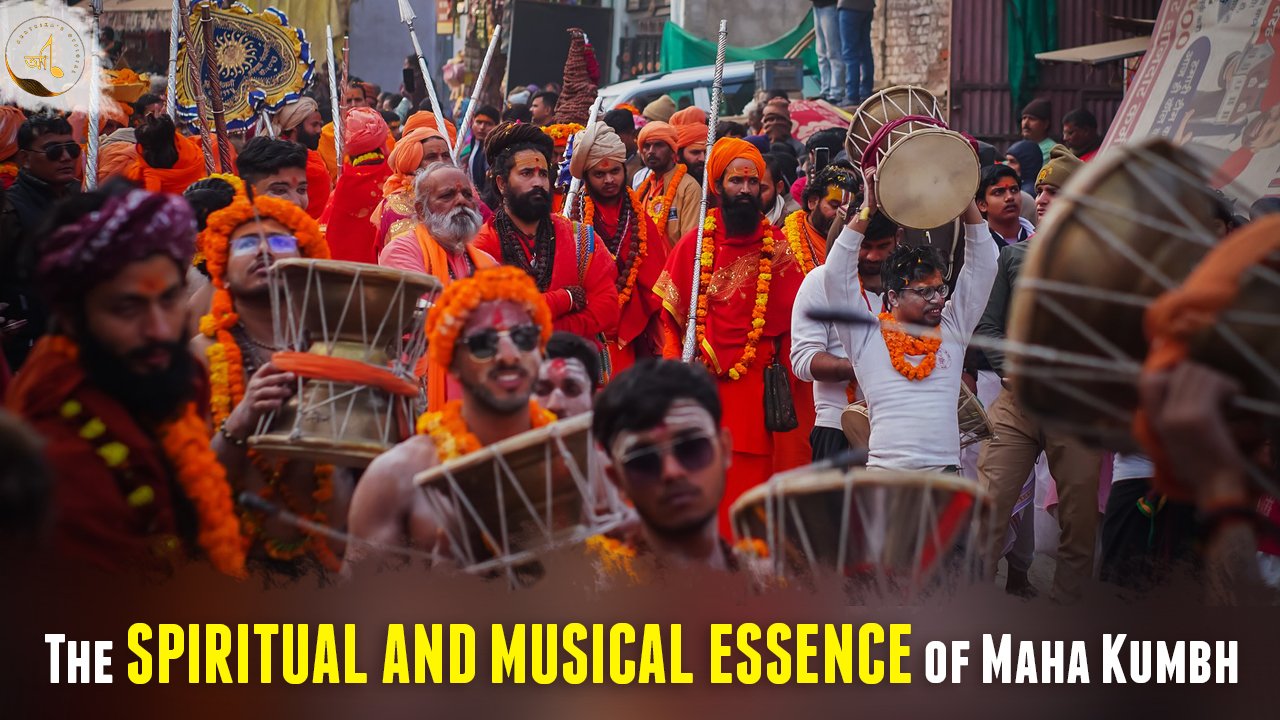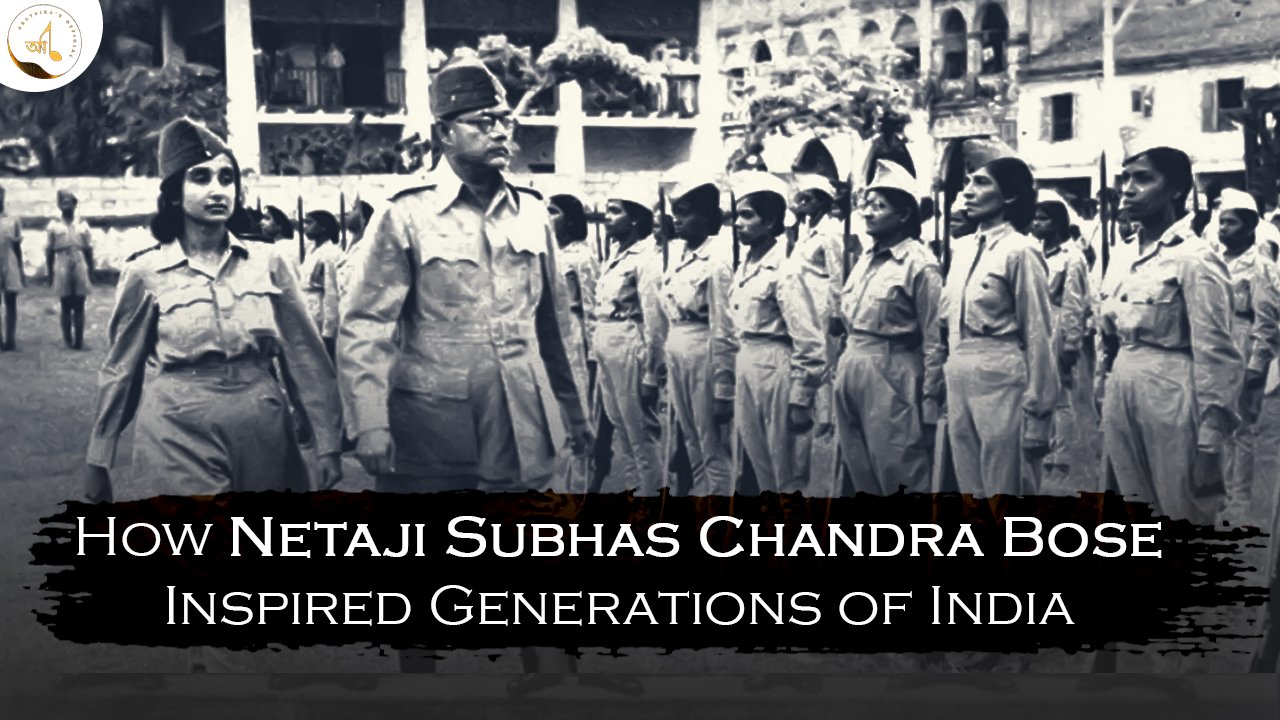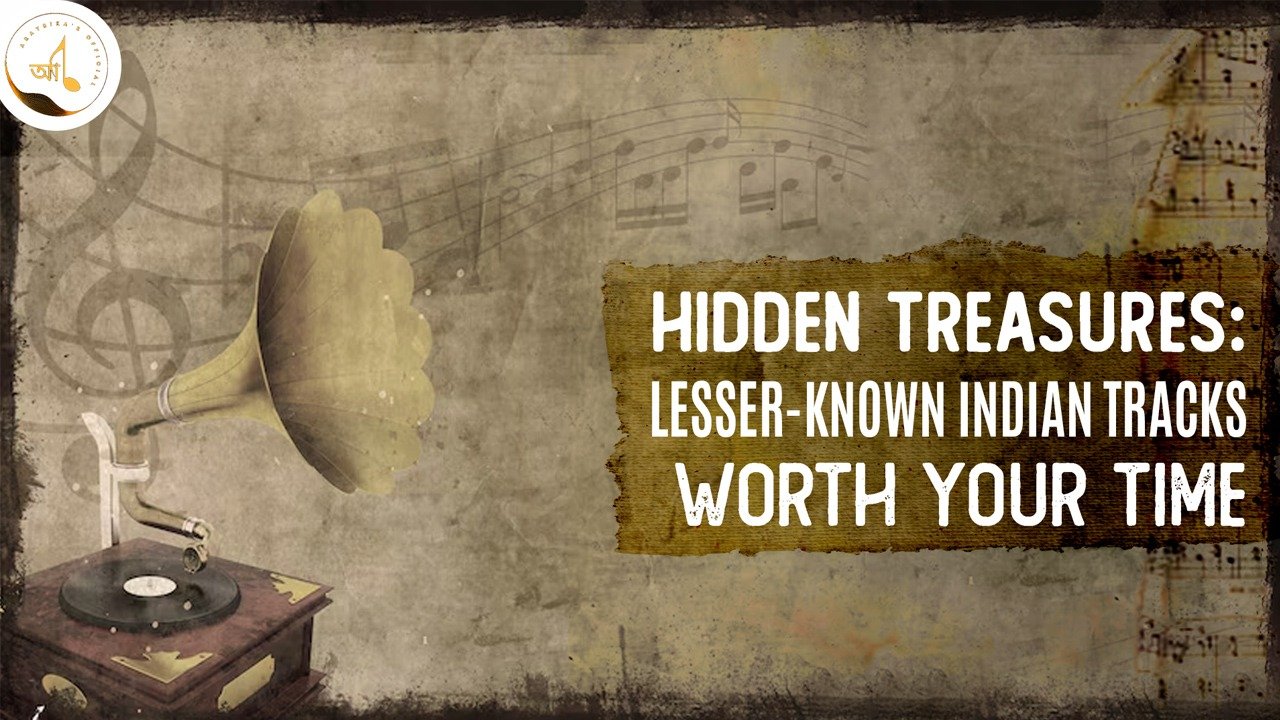Thumri is a vocal genre or style of Indian music. The term "thumri" is derived from the Hindi verb thumuknaa, which means "to walk with a dancing gait in such a way that the ankle-bells tinkle." The form is, thus, connected with dance, dramatic gestures, mild eroticism, evocative love poetry and folk songs, especially from Uttar Pradesh, though there are regional variations.
The text is romantic or devotional in nature, the lyrics are usually in Uttar Pradesh dialects of Hindi called Awadhi and Brij Bhasha. Thumree is characterized by its sensuality, and by a greater flexibility with the raga.
Since the 19th century, thumri repertoire and performance style have undergone several changes. These include the de-linking of the genre from the courtesan tradition, the separation of music and dance, and a re-interpretation of lyrics in a devotional, rather than erotic, framework. These changes were linked to the impact of British colonialism, particularly social reform movements such as the Anti-Nautch Campaign. In addition, the shift in patronage from royal courts to concert halls led to the emergence of non-hereditary female performers. In order for performing thumri to be considered acceptable for “respectable” women and to avoid offending the new middle-class audience, the genre was de-eroticized and reinterpreted in a spiritual fashion. This often entailed the sanitization of lyrics.
The rise of Indian nationalism and the shift in patronage from royal courts to the concert stage led to efforts by reformers such as Pandit Bhatkhande and Pandit Paluskar to make music more acceptable to the middle classes. The suffix “bai”, commonly used for tawayafs was replaced with “devi” (goddess). The “bourgeoisisation” of their art led courtesans to lose both their status and their income (Du Perron 2007: 2). Courtesan singers began to be replaced with non-hereditary female singers, which led to changes in thumri style.
The transition of thumri from the courtesan’s salon to the concert hall has led to the sanitization and classicization of the genre. Manuel writes: “On the one hand, as the art became more abstract and its goals purely aesthetic, the sensuous, intimate passionate style of thumri lost much of its raison d’etre and largely disappeared. On the other hand, in becoming more pure, the genre gained the attention of all major khayaliyas and achieved a depth and classical sophistication which it had probably never enjoyed previously” (Manuel 1989: 96). The classicization of thumri is reflected by the fact that increasing numbers of prominent male singers began performing the genre. Among them, Ustad Bade Ghulam Ali Khan became particularly well-known for his thumri renditions. Thus, over time the genre ceased to be overtly associated with courtesans and became a light-classical genre that was often performed after the more serious khayal.
Over the past hundred years, there have been concerted attempts to minimize thumri’s associations with courtesans and make it suitable for the concert hall. This has had several effects on the genre including the separation of music and dance, the shift from bandis ki thumri to bol banav thumri and the reinterpretation of erotic lyrics in a devotional framework. While the genre has had to evolve with the times, it is important to remember the contributions of courtesans to its creation and preservation.






